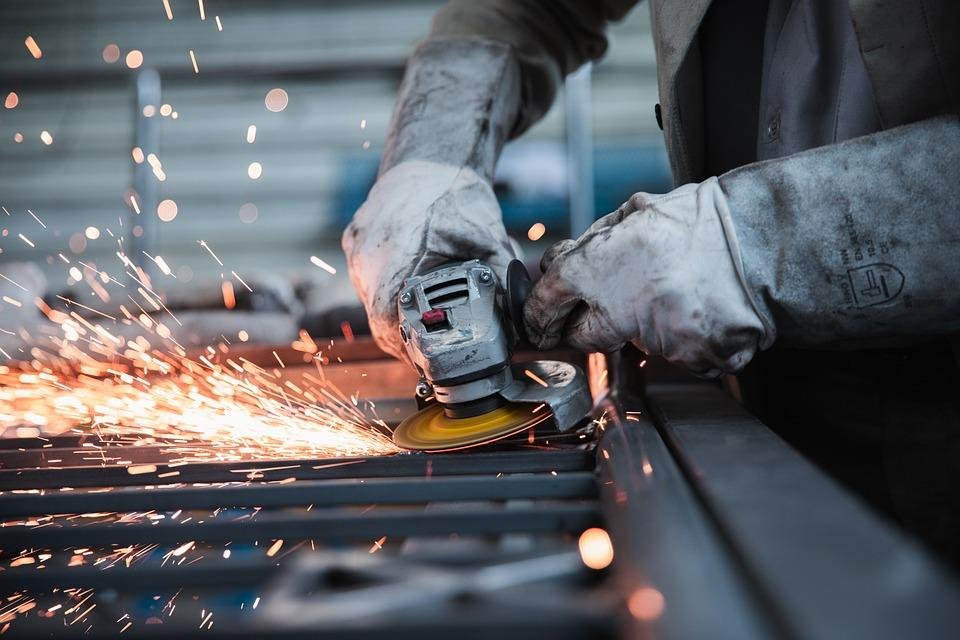Linear rails are specialized equipment used in several industrial settings to transport loads and materials in a vertical or horizontal plane with minimal friction or resistance. They are usually made from hardened and highly lubricated steel to withstand stress and eventual wear and tear.
These rails come in different sizes and can be used to transport loads of various weights. However, a major advantage of linear rails is that they can convey a load up or down a plane with minimal effort.
Read on to learn more about linear rails and, in particular, how to maintain them.
Table Of Contents
Inspection
The first step in maintaining a linear rail is to inspect its parts properly and painstakingly. This is particularly true as you can spot defects in the system through a simple inspection. Check the carriage channel, bearing balls, and steel outline in a particular order to avoid missing anything.
Commonly, thickened or solidified grease might be the culprit in a dysfunctional linear rail. Hence, identifying this during an inspection makes the maintenance run smoothly. During the inspection, check for the red stoppers at the ends of the rail and ensure that the carriage moves smoothly along the rail with minimal effort.
Cleaning & Lubrication
Ensure you clean the rail system periodically after inspection. You can simply do this by keeping the rail as dust-free as possible. Besides, you can get a dry piece of cloth that doesn’t produce lint to clean the rails and guides. Do not use a wet cloth, as that might do more harm than good in the long run. Conversely, lint can accumulate in between the ball bearings or carriage lane and cause obstruction. In some rare cases, accumulated lint could cause funny noises to emanate from the system.
Quite a number of linear rail manufacturers produce trademark lubes for maintenance. Most of these lubricants are oil-based and do not contain penetrating solvents that could damage the rail over time. Hence, using your manufacturer’s lubricant is best. Apply the lube to the rail and ensure that it slides with minimal force. The most paramount maintenance for a rail system is to ensure adequate and timely lubrication, as all moving parts experience wear and tear over time.
Degreasing
Most linear rails come with a grease coating that protects the system from early corrosion. However, this coating also makes the carriage move reluctantly over time. Hence, the trick is to disassemble the unit and degrease the ball bearings. Ensure you’re gloved at this stage, as most degreasers are not skin friendly. It is also advisable to clean your hands throroughly after the process.
Reassembly
When you’re done, reassemble the unit as outlined in the manufacturer’s guide so as not to add preload to the unit through a misaligned mounting surface. You should not hesitate to contact a professional if you’re in doubt about any part or missing component. In some cases, you’ll need to replace a part or two after disassembling the rail system. Ensure that the part being replaced fits the system in size and quality.
The frequency and components of your linear rail maintenance run depend on a number of factors. On top of the list is the rail manufacturer, as some linear rails only need annual inspection due to their quality. The amount and quality of lubrication also play a paramount role.
Some rails come with scraper kits that ensure that excess impurities do not stay on the track. This feature further elongates the rail’s lifespan. Lastly, ensure that you follow due process during the disassembly and reassembly of the parts to avoid accidents and workplace injuries.
